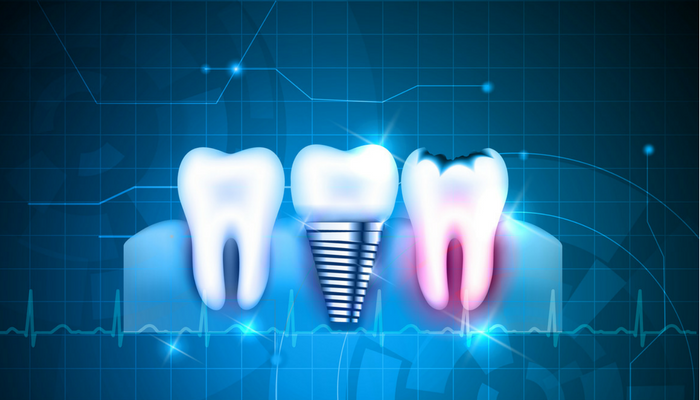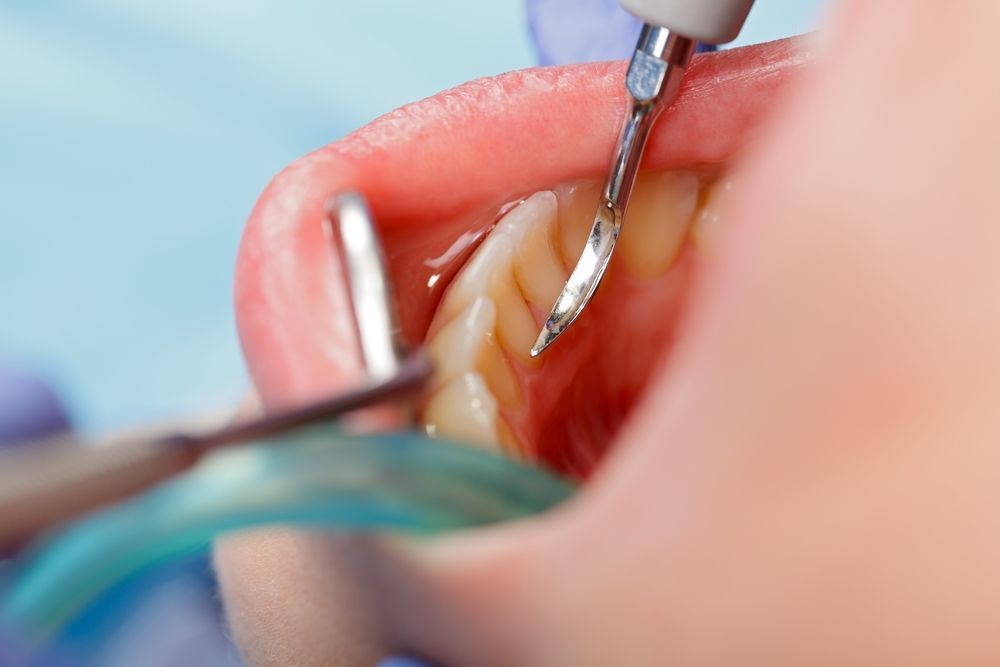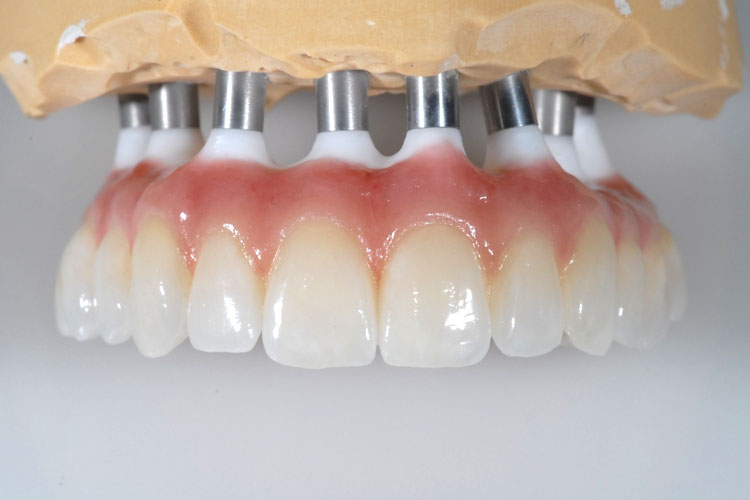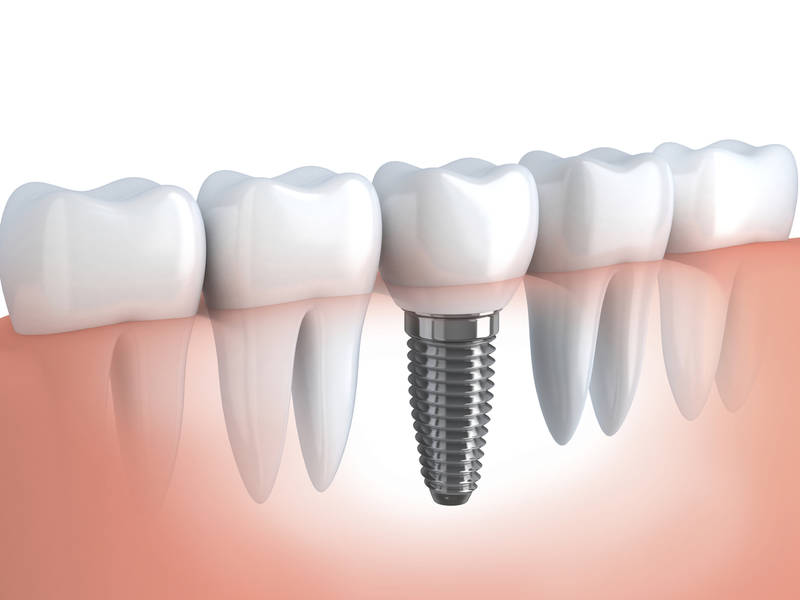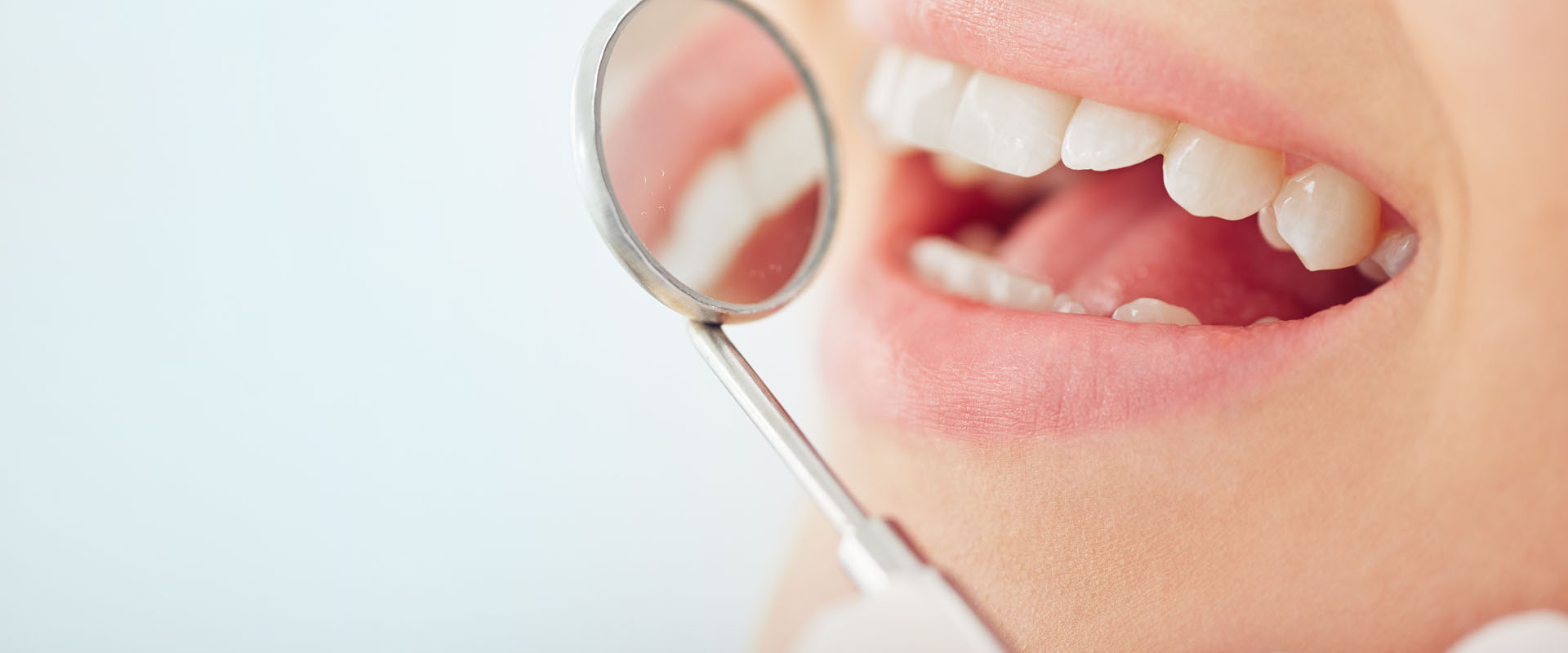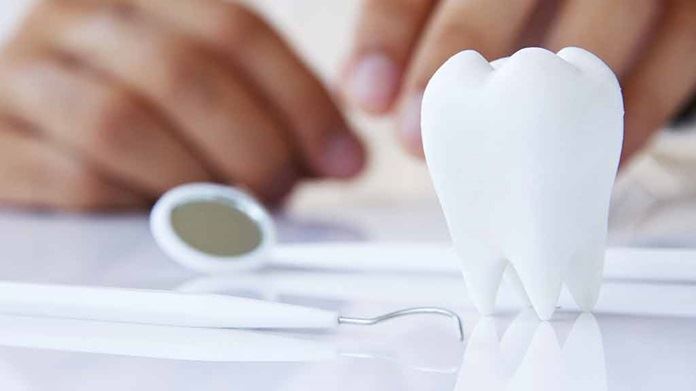In most cases, patients suffering from a toothache, waiting for treatment of caries, and in more neglected cases – pulpitis, where you cannot do without filling the root canals of the tooth. It may be necessary to install a pin and temporarily fill the root canals, and then follow it with a permanent one. Before filling the trench, the entire cavity in the tooth is thoroughly cleaned from caries. After the end of the treatment procedure, the doctor necessarily restores the tooth, and then grinds the set seal so that the patient has a natural bite and there will be no discomfort. The top is covered with dental lacquer. But today it’s not about the seals on the tooth, but about how the root canals are filled after removal of the nerves.
ROOT CANAL PREPARATION AND FILLING
To clean the tooth canal from caries; slightly expand it for better filling with a filling paste, mechanical treatment is used. A dentist can carry out this operation manually, with a small drill or with the help of special electrical equipment. And then the pins will be installed to seal the root canals. The cavity is filled with a special paste, the pin is immersed in it, and then the mass hardens. Root canal filling is called the process of a single bolt and is widely used in domestic dentistry because of its low cost.
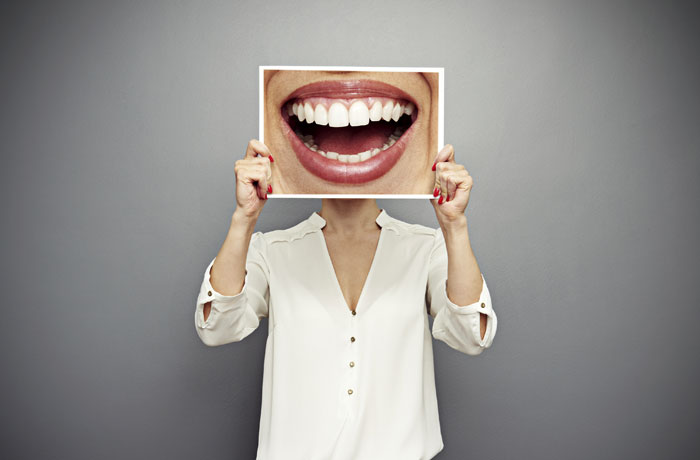
There is an alternative method of filling – the doctor fills the prepared cavity of the heated gutta-percha. This technology allows the filling mass to penetrate into all microcracks and solidify uniformly. The disadvantages of hot gutta-percha are the high cost of consumables and the very high dependence of the successful outcome of the procedure on the experience of the doctor. Ask for root canal cost before undergoing any tooth filling.
The most optimal method is the lateral condensation of gutta-percha. This “terrible” name conceals the simple filling of the root canals with the maximum possible amount of filling material. The whole procedure takes place in several stages:
• selection of a suitable size gutta-percha pin;
• filling the channel with a particular element;
• mass compaction in the channel through specialized equipment;
• installation of additional pins having a smaller size;
• there is a procedure for removing all surplus materials that support the contours of the tooth;
On top, the construction is necessarily closed with a temporary seal. Further sealing is possible only the next day.
FILLING MATERIALS
Modern materials for root canal treatment can be divided into several categories, differing in cost, applicability for each specific case, strength, and durability.
The most popular materials are:
• Gutta Percha: Exclusive material, created from latex. When heated, it becomes fluid and easily fills channels, leaving no voids.
• Pins made of metal: Previously, widely used silver products of this type, but they can be oxidized and lead to repeated inflammation, so they gradually began to give up. Today, titanium pins, robust, non-oxidized and hypoallergenic products are more in demand. They can be installed in the tooth, from which all nerves have already been removed.
• Natural and polymeric silvers: Unique materials designed to eliminate possible inflammation and infection. Natural variants can cause allergies and are not very pleasant to use. Doctors recommend polymeric analogs, better fixed in the cavity and not dying teeth. Allergies, however, can still happen, so here everything depends on the competence and honest approach of the dentist to their work.
• Glass-ionomer cement: These materials can be used even on baby teeth; they are also relatively cheap. The disadvantages are low strength and short service life of 1-3 years.
